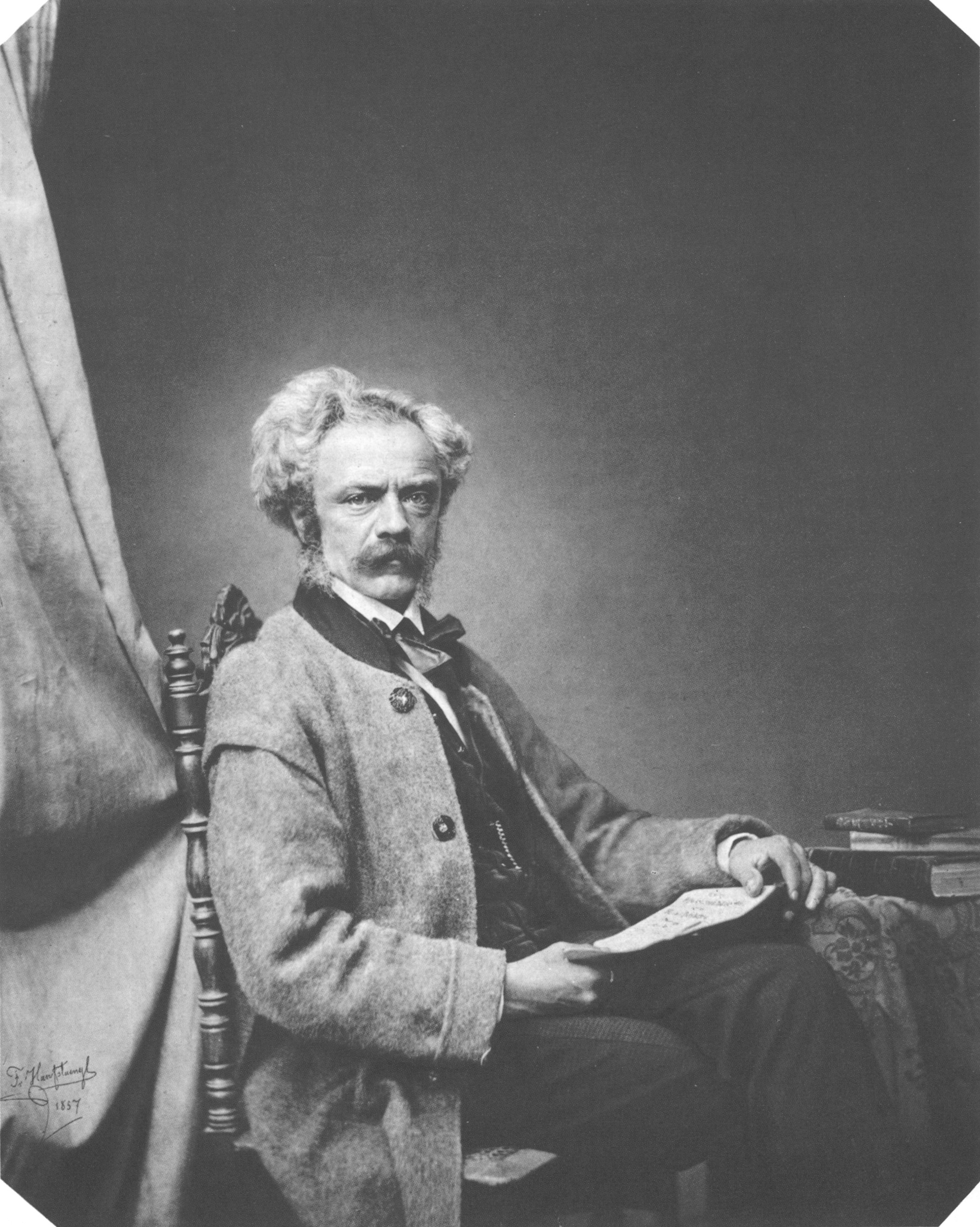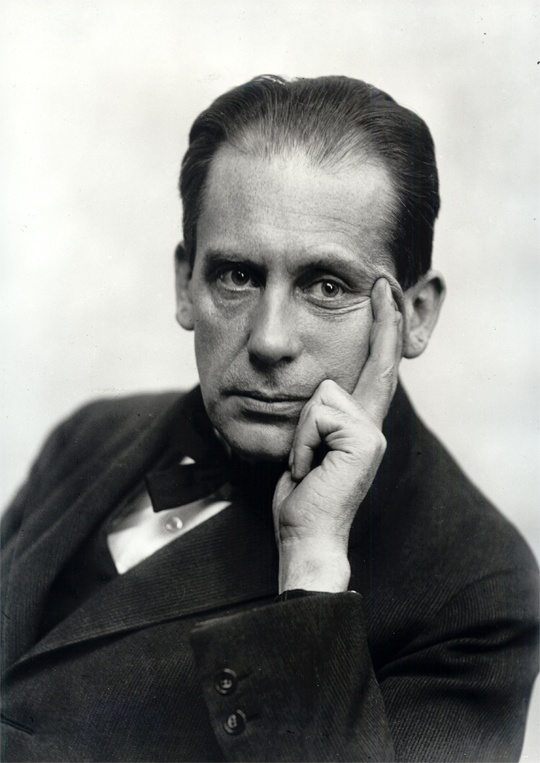|
Kobellite
Kobellite is a gray, fibrous, metallic mineral with the chemical formula . It is also a sulfide mineral consisting of antimony, bismuth, and lead. It is a member of the izoklakeite – berryite series with silver and iron substituting in the copper site and a varying ratio of bismuth, antimony, and lead. It crystallizes with monoclinic pyramidal crystals. The mineral can be found in ores and deposits of Hvena, Sweden; Ouray, Colorado; and Wake County, North Carolina, US. The mineral was named after Wolfgang Franz von Kobell (1803–1882), a German mineralogist. See also *List of minerals *List of minerals named after people This is a list of minerals named after people. The chemical composition follows name. A *Abelsonite: C31H32N4Ni – American physicist Philip Hauge Abelson (1913–2004)alfred *Abswurmbachite: Cu2+Mn3+6O8SiO4 – German mineralogist I ... References Lead minerals Copper(I) minerals Bismuth minerals Antimony minerals Sulfosalt minerals Ort ... [...More Info...] [...Related Items...] OR: [Wikipedia] [Google] [Baidu] |
Wolfgang Franz Von Kobell
Wolfgang Xavier Franz Ritter von Kobell (19 July 180311 November 1882) was a German mineralogist and writer of short stories and poems in Bavarian dialect. Biography Kobell was born in Munich, Bavaria (where he also died), son of the painter Wilhelm Kobell. After studying mineralogy in Landshut, he became professor of mineralogy in 1826 at the University of Munich, and in 1856 was appointed first curator of the Bavarian State collection of minerals. His greatest contributions were new methods in crystallography. In 1855 he invented the stauroscope for the study of the optical properties of crystals. The mineral kobellite is named after him, and he invented a comparative fusibility scale. Besides his work as a mineralogist, Kobell is also famous for writing many short stories and poems in the Bavarian dialect of Upper Bavaria. He was among the regular hunting companions of the Bavarian dukes and monarchs. His best known work is a short story which was later used as base f ... [...More Info...] [...Related Items...] OR: [Wikipedia] [Google] [Baidu] |
Sulfide Minerals
The sulfide minerals are a class of minerals containing sulfide (S2−) or disulfide (S22−) as the major anion. Some sulfide minerals are economically important as metal ores. The sulfide class also includes the selenides, the tellurides, the arsenides, the antimonides, the bismuthinides, the sulfarsenides and the sulfosalts.http://www.minerals.net/mineral/sort-met.hod/group/sulfgrp.htm Minerals.net Dana Classification, SulfidesKlein, Cornelis and Cornelius S. Hurlbut, Jr., 1986, ''Manual of Mineralogy'', Wiley, 20th ed., pp 269-293 Sulfide minerals are inorganic compounds. Minerals Common or important examples include: * Acanthite *Chalcocite *Bornite *Galena *Sphalerite *Chalcopyrite *Pyrrhotite *Millerite *Pentlandite *Covellite *Cinnabar *Realgar *Orpiment *Stibnite *Pyrite *Marcasite *Molybdenite Sulfarsenides: *Cobaltite *Arsenopyrite *Gersdorffite Sulfosalts: *Pyrargyrite *Proustite *Tetrahedrite *Tennantite *Enargite *Bournonite *Jame ... [...More Info...] [...Related Items...] OR: [Wikipedia] [Google] [Baidu] |
Colorado
Colorado (, other variants) is a state in the Mountain West subregion of the Western United States. It encompasses most of the Southern Rocky Mountains, as well as the northeastern portion of the Colorado Plateau and the western edge of the Great Plains. Colorado is the eighth most extensive and 21st most populous U.S. state. The 2020 United States census enumerated the population of Colorado at 5,773,714, an increase of 14.80% since the 2010 United States census. The region has been inhabited by Native Americans and their ancestors for at least 13,500 years and possibly much longer. The eastern edge of the Rocky Mountains was a major migration route for early peoples who spread throughout the Americas. "''Colorado''" is the Spanish adjective meaning "ruddy", the color of the Fountain Formation outcroppings found up and down the Front Range of the Rocky Mountains. The Territory of Colorado was organized on February 28, 1861, and on August 1, 1876, U.S. President Ulyss ... [...More Info...] [...Related Items...] OR: [Wikipedia] [Google] [Baidu] |
Sulfosalt Minerals
Sulfosalt minerals are sulfide minerals with the general formula , where *A represents a metal such as copper, lead, silver, iron, and rarely mercury (element), mercury, zinc, vanadium *B usually represents semi-metal such as arsenic, antimony, bismuth, and rarely germanium, or metals like tin and rarely vanadium *X is sulfur or rarely selenium and/or tellurium. The Strunz classification includes the sulfosalts in a ''sulfides and sulfosalts'' superclass. A group which have similar appearing formulas are the Sulfarsenide mineral, sulfarsenides (for example cobaltite (Co,Fe)AsS). In sulfarsenides the arsenic substitutes for sulfide anions whereas in the sulfosalts the arsenic substitutes for a metal cation.Klein, Cornelis and Cornelius S. Hurlbut (1985). ''Manual of Mineralogy'', 20th ed., John Wiley and Sons, New York . About 200 sulfosalt minerals are known. Examples include: File:Proustite (long prismatic crystal) - Chanarcillo, Copiapo Province, Atacama Region, Chile.jpg, As ... [...More Info...] [...Related Items...] OR: [Wikipedia] [Google] [Baidu] |
Antimony Minerals
Antimony is a chemical element with the symbol Sb (from la, stibium) and atomic number 51. A lustrous gray metalloid, it is found in nature mainly as the sulfide mineral stibnite (Sb2S3). Antimony compounds have been known since ancient times and were powdered for use as medicine and cosmetics, often known by the Arabic name kohl. The earliest known description of the metal in the West was written in 1540 by Vannoccio Biringuccio. China is the largest producer of antimony and its compounds, with most production coming from the Xikuangshan Mine in Hunan. The industrial methods for refining antimony from stibnite are roasting followed by reduction with carbon, or direct reduction of stibnite with iron. The largest applications for metallic antimony are in alloys with lead and tin, which have improved properties for solders, bullets, and plain bearings. It improves the rigidity of lead-alloy plates in lead–acid batteries. Antimony trioxide is a prominent additive for halog ... [...More Info...] [...Related Items...] OR: [Wikipedia] [Google] [Baidu] |
Bismuth Minerals
Bismuth is a chemical element with the symbol Bi and atomic number 83. It is a post-transition metal and one of the pnictogens, with chemical properties resembling its lighter group 15 siblings arsenic and antimony. Elemental bismuth occurs naturally, and its sulfide and oxide forms are important commercial ores. The free element is 86% as dense as lead. It is a brittle metal with a silvery-white color when freshly produced. Surface oxidation generally gives samples of the metal a somewhat rosy cast. Further oxidation under heat can give bismuth a vividly iridescent appearance due to thin-film interference. Bismuth is both the most diamagnetic element and one of the least thermally conductive metals known. Bismuth was long considered the element with the highest atomic mass whose nuclei do not spontaneously decay. However, in 2003 it was discovered to be extremely weakly radioactive. The metal's only primordial isotope, bismuth-209, experiences alpha decay at such a minute rate ... [...More Info...] [...Related Items...] OR: [Wikipedia] [Google] [Baidu] |
Copper(I) Minerals
Copper is a chemical element with the symbol Cu (from la, cuprum) and atomic number 29. It is a soft, malleable, and ductile metal with very high thermal and electrical conductivity. A freshly exposed surface of pure copper has a pinkish-orange color. Copper is used as a conductor of heat and electricity, as a building material, and as a constituent of various metal alloys, such as sterling silver used in jewelry, cupronickel used to make marine hardware and coins, and constantan used in strain gauges and thermocouples for temperature measurement. Copper is one of the few metals that can occur in nature in a directly usable metallic form (native metals). This led to very early human use in several regions, from circa 8000 BC. Thousands of years later, it was the first metal to be smelted from sulfide ores, circa 5000 BC; the first metal to be cast into a shape in a mold, c. 4000 BC; and the first metal to be purposely alloyed with another metal, tin, to create bronze, c. 350 ... [...More Info...] [...Related Items...] OR: [Wikipedia] [Google] [Baidu] |
Lead Minerals
Lead is a chemical element with the symbol Pb (from the Latin ) and atomic number 82. It is a heavy metal that is denser than most common materials. Lead is soft and malleable, and also has a relatively low melting point. When freshly cut, lead is a shiny gray with a hint of blue. It tarnishes to a dull gray color when exposed to air. Lead has the highest atomic number of any stable element and three of its isotopes are endpoints of major nuclear decay chains of heavier elements. Lead is toxic, even in small amounts, especially to children. Lead is a relatively unreactive post-transition metal. Its weak metallic character is illustrated by its amphoteric nature; lead and lead oxides react with acids and bases, and it tends to form covalent bonds. Compounds of lead are usually found in the +2 oxidation state rather than the +4 state common with lighter members of the carbon group. Exceptions are mostly limited to organolead compounds. Like the lighter members of the group, le ... [...More Info...] [...Related Items...] OR: [Wikipedia] [Google] [Baidu] |
List Of Minerals Named After People
This is a list of minerals named after people. The chemical composition follows name. A *Abelsonite: C31H32N4Ni – American physicist Philip Hauge Abelson (1913–2004)alfred *Abswurmbachite: Cu2+Mn3+6O8SiO4 – German mineralogist Irmgard Abs-Wurmbach * Adamite: Zn2AsO4OH – French mineralogist Gilbert Joseph Adam (1795–1881) *Agrellite: NaCa2Si4O10F – English optical mineralogist Stuart Olof Agrell (1913–1996) * Agricolaite: K4(UO2)(CO3)3 – German scholar Georgius Agricola (1494–1555) * Aheylite: Fe2+Al6 (PO4)2sub>2·4H2O – American geologist Allen V. Heyl (1918–2008) * Albrechtschraufite: Ca4Mg(UO2)2(CO3)6F2·17H2O – Albrecht Schrauf (1837–1897), professor of mineralogy, University of Vienna * Alexandrite (variety of chrysoberyl): – Tsar Alexander II of Russia (1818–1881) *Alforsite: Ba5Cl(PO4)3 – American geologist John T. Alfors (1930–2005) *Allabogdanite: (Fe,Ni)2P – Alla Bogdanova, Geological Ins ... [...More Info...] [...Related Items...] OR: [Wikipedia] [Google] [Baidu] |
List Of Minerals
This is a list of minerals for which there are articles on Wikipedia. Minerals are distinguished by various chemical and physical properties. Differences in chemical composition and crystal structure distinguish the various ''species''. Within a mineral species there may be variation in physical properties or minor amounts of impurities that are recognized by mineralogists or wider society as a mineral ''variety''. Mineral variety names are listed after the valid minerals for each letter. For a more complete listing of all mineral names, see List of minerals recognized by the International Mineralogical Association. A :Varieties that are not valid species: *Adamantine spar (variety of corundum) *Agate (variety of chalcedony and quartz) *Alabaster (variety of gypsum) *Alexandrite (variety of chrysoberyl) *Allingite (synonym of amber) *Alum *Amazonite (variety of microcline) *Amethyst (purple variety of quartz) *Ametrine (variety of quartz) *Ammolite (organic; also a gems ... [...More Info...] [...Related Items...] OR: [Wikipedia] [Google] [Baidu] |
List Of Famous German People
This is a list of notable Germans. Persons of mixed heritage have their respective ancestries credited. Architects * Walter Gropius (1883–1969), architect * Carl Ludvig Engel (1778–1840), architect * Leo von Klenze (1784–1864), architect * Balthasar Neumann (1687–1753), architect and engineer * Matthäus Daniel Pöppelmann (1662–1736), architect * Ludwig Mies van der Rohe (1886–1969), architect * Karl Friedrich Schinkel (1781–1841), architect and painter * Johann Conrad Schlaun (1695–1773), architect * Gottfried Semper (1803–1879), architect * Albert Speer (1905–1981), architect * Wilhelm Kreis (1873–1955), architect Artists A–M * Hans von Aachen (1552–1615), mannerist painter * Albrecht Altdorfer (1480–1538), painter * Gertrud Arndt (1903–2000), photographer; pioneering self-portraiture * Ernst Barlach (1870–1938), sculptor and writer * Günther Behnisch (1922–2010), architect * Peter Behrens (1868–1940), architect * Sibylle B ... [...More Info...] [...Related Items...] OR: [Wikipedia] [Google] [Baidu] |





